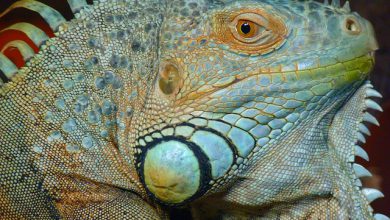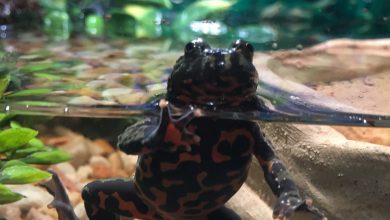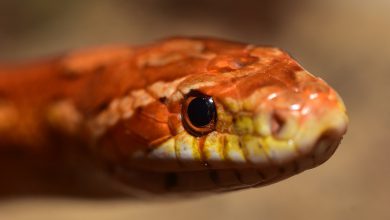Tips for Breeding Your Own Feeder Insects – The Tye-Dyed Iguana

Many pet reptiles eat a diet that includes insects. Among
the common exotic pets that enjoy an insect diet are bearded dragons, geckos, and
chameleons. Most of these pets require the majority of their food to be live,
not dried. But sometimes itâs inconvenient to buy fresh insects. When thatâs
the case, it can be helpful to have a stock of live insects available. Letâs
take a look at the most common feeder insect for reptilesâcricketsâand how you
can breed your own at home.
Keeping a cricket
colony
To breed crickets yourself, you will have to make a small
investment in initial supplies. You will first of all need several secure cages
to keep rogue insects from taking over your house (and losing your herpâs next
meal). You should have one cage for the cricket colony while they are not being
bred, one cage for use during breeding, and one for the crickets that will be
fed to your reptile.
The cages for the colony and feeding should be set up the
same. You can use a glass aquarium topped with a screen lid. The aquarium
should have no substrate and contain a few items the crickets can hide in, like
paper towel tubes and cardboard egg cartons. Crickets require moderately warm
temperatures, so you will need to run an incandescent lamp over the aquarium
about 16 hours a day to maintain a temperature of about 75F to 80F.
To get started, you will of course need to buy cricket
breeding stock. Starting with a stock of about twenty live crickets should yield
a decent number of cricket hatchlings. And of course you will need to feed your
colony with a balanced cricket
food. You can also supplement with produce like pieces of lettuce or orange
for added nutrients and hydration. Itâs important to feed your feeder insects a
healthy diet because all the nutrients they absorb benefit your reptile.
Clean the enclosures about once per week by wiping the
bottom and replacing hiding places, except when hatchlings are present. Their
enclosure should not be cleaned until they are at least a quarter-inch long.
Cricket hatchlings
The breeding cage (where the hatchlings will emerge) is the
same type of cage, but you will line the bottom with a substrate as well as
providing a few hiding places. Coconut
substrate or soil works well. The main thing is that you keep it moist by
misting it with clean water. Female crickets will use the substrate to bury the
eggs.
Place a few adults crickets, male and female, in the
breeding cage. The females have an egg depositing tube that protrudes from
their abdomens. You can leave them in the breeding cage for about a week and
then return them to the colony. The eggs hatch in about 16 days from when they
are laid. Keep the substrate and the eggs moist.
You feed and care for the hatchlings in the same way as the
adults. You can provide a damp sponge or wet paper towel in the cage for
hydration, or provide a container of cricket drink. This goes
for adults as well. Never place a water dish in a cricket enclosure because
they could drown.
When the hatchlings are grown, put about half of them back
into your breeding colony and the other half into the cage for feeding your
reptile. Itâs best to sort them by size so that your reptile gets
appropriately-sized crickets to eat. With these basic tips, you are on your way
to becoming a bona fide cricket farmer.
For more details on breeding crickets and other feeder
insects, reach out to the staff at The Tye-Dyed
Iguana.



